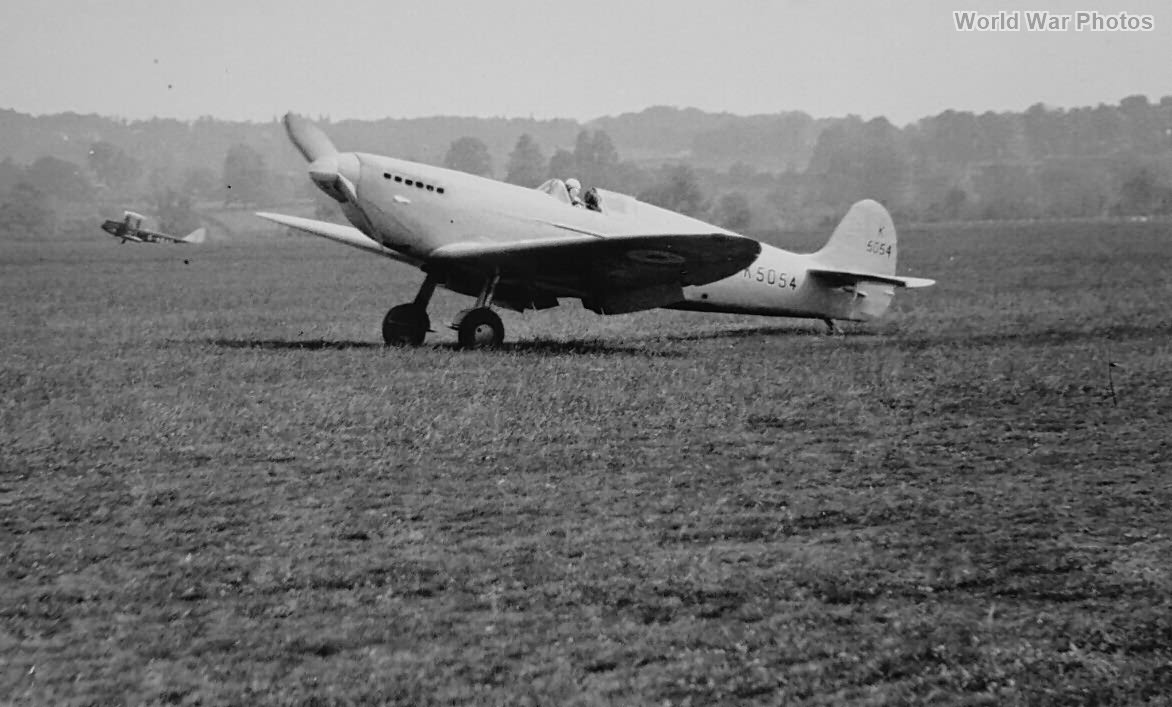The Spitfire’s story begins in October 1931, when the Air Ministry issued Specification F.7/30. This led to the creation of the Supermarine Type 224 fighter, an unsuccessful design that first took to the skies in February 1934. This aircraft, with its low-wing configuration and fixed undercarriage, was powered by an evaporatively cooled Rolls-Royce Goshawk engine. It was armed with four 7.7 mm (0.303 inch) machine guns but had a top speed of only 383 km/h (238 mph). The Type 224’s performance, particularly its climb rate, was inferior to the more agile Gloster SS 37 biplane, which subsequently won the production contract.
Following the Type 224’s flight, Supermarine’s Reginald Mitchell began working on the Type 300 monoplane fighter, which utilized Rolls-Royce’s new P.V.12 (Merlin) engine. The design underwent several refinements from the initial proposals made in July 1934. By November 1934, the iconic elliptical wing shape had been incorporated, and by December, production of a single prototype was ordered. Initially planned to have a four-gun armament, Mitchell’s design proved capable of carrying eight guns.
Fitted with a 990 hp (738 kW) pre-production Rolls-Royce Merlin C engine and a de Havilland two-bladed fixed pitch propeller, the prototype Spitfire (K5054) made its first flight from Eastleigh Aerodrome on March 5, 1936, piloted by the company’s chief test pilot, Captain J ‘Mutt’ Summers. For that flight, a fine pitch propeller was fitted and the undercarriage was locked down. Externally, the prototype differed from early production examples due to its tail skid and flush exhaust ports.
Initial tests of the prototype revealed subpar performance, achieving a maximum speed of 539 km/h (335 mph), only slightly faster than the similarly powered but less advanced Hawker Hurricane prototype. However, continual refinement, which included fitting different propellers, a slightly more powerful Merlin F engine (later produced as the Merlin II), and ‘kidney’ type ejector exhausts, soon increased the speed to a more respectable 563 km/h (350 mph).
The name ‘Spitfire’ was adopted in mid-1935, and early service tests highlighted the aircraft’s excellent handling, garnering high praise from pilots. By today’s standards, it seems remarkable that K5054 remained the only Spitfire flying for more than two years before the first production model took to the air in May 1938. As such, the prototype was responsible for all the development work during that period, and despite a couple of minor accidents along the way, it survived until September 4, 1939, when it was written off in a fatal landing accident at Farnborough. By that time, the aircraft had been modified to almost full production Mk.I specifications and had accumulated around 260 flying hours.
Over its 3.5-year development, the prototype underwent numerous aerodynamic and mechanical enhancements, bringing it close to the production standards of the Mk.I. These modifications included different versions of the Merlin engine, various propellers, improved flaps, the replacement of the tail skid with a wheel, the removal of the main undercarriage wheel covers, and a redesigned rudder. Armament was installed in December 1936, but testing soon revealed issues with the guns freezing, a problem that took approximately two years to resolve.
The prototype, K5054, cost the princely sum of £20,738, with £12,478 borne by the British taxpayer, £7,500 by Rolls-Royce, and the remainder by Supermarine.
